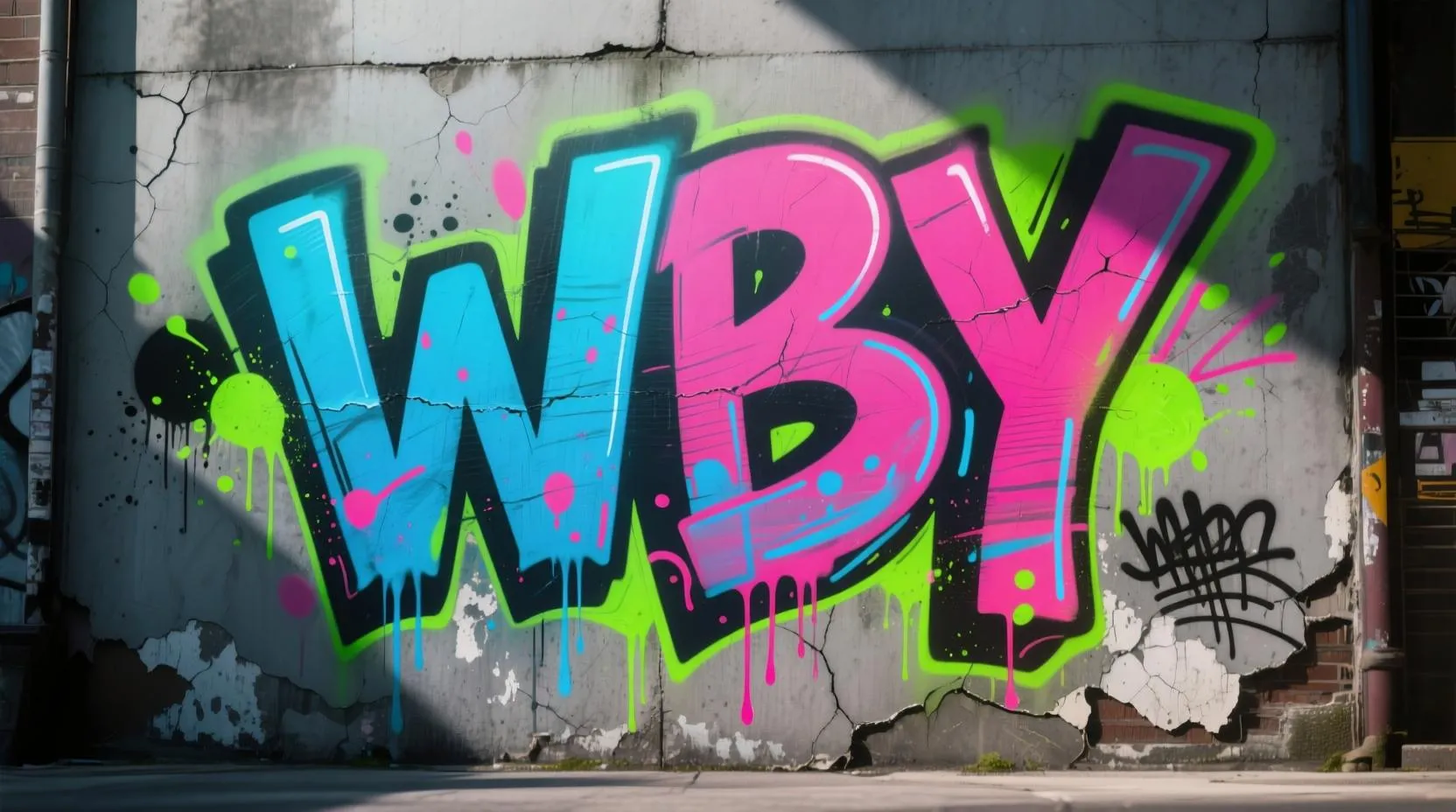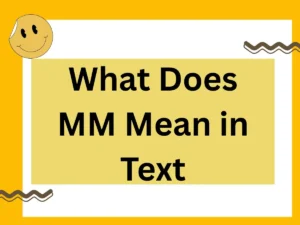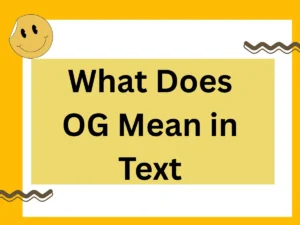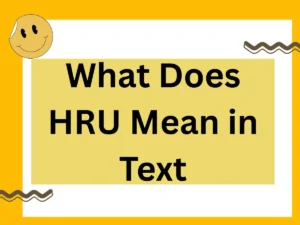Language in the digital era is fast, fluid, and often playful. If you’ve spent time texting, scrolling through social media, or chatting in online communities, you’ve likely stumbled across the shorthand “wby.” But what does it really mean? How should you use it, and in what situations is it appropriate?
🔥 Rizz Line Generator 🔥
This comprehensive guide will not only explain what “wby” stands for in text but also dive into its tone, cultural nuances, professional versus casual contexts, and effective alternatives you can use depending on your audience. By the end, you’ll have a clear understanding of “wby,” plus 10 polished examples to see it in action.
Let’s unravel it together.
What Does “WBY” Mean in Text?
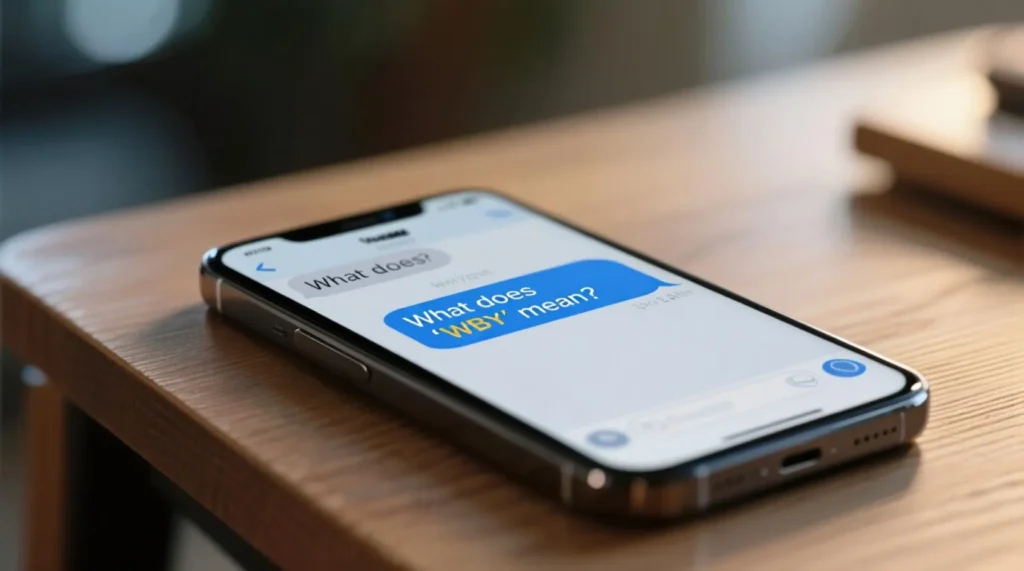
The acronym “wby” stands for “what about you.” It’s a compact, conversational shortcut people use in texting, instant messaging, and social media chats when they want to turn a question back to the other person.
For example:
- Friend A: “I’m just chilling at home, wby?”
- Friend B: “Same here, binge-watching Netflix.”
It’s the digital equivalent of saying, “And what about you?” or “How about you?”
Origins and Evolution of “WBY”
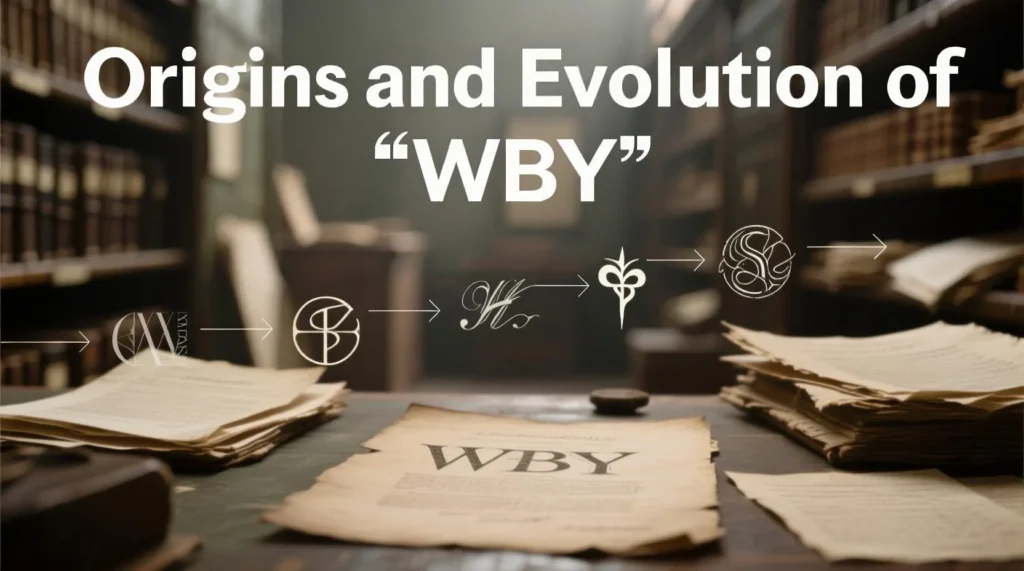
Abbreviations like “wby” grew out of early SMS culture in the late 1990s and early 2000s, when every character mattered because texts were capped at 160 characters. Users shortened longer phrases into quick snippets—“brb” (be right back), “lol” (laugh out loud), “idk” (I don’t know).
“What about you” became “wby” because:
- It saved time and space.
- It mirrored conversational flow. Asking and returning questions is natural in dialogue.
- It signaled digital fluency. Using shorthand was (and still is) a marker of being “in the know.”
In 2025, “wby” is still thriving, especially in casual text chats, Discord servers, Twitter threads, and group chats. It’s part of the language of speed and informality, though its role differs depending on the audience.
Tone and Context of “WBY”
The tone of “wby” changes depending on who’s using it and where it’s used:
- Casual & Friendly: Among friends, “wby” feels light, warm, and natural.
- Neutral: In acquaintanceship or semi-formal contexts, “wby” can still be used if the overall conversation is relaxed.
- Too Informal: In work emails, job interviews, or serious discussions, “wby” can seem careless or unprofessional.
Think of “wby” as a tool that works best in fast, casual environments but doesn’t translate well into formal or professional settings.
Polite, Professional, and Casual Alternatives to “WBY”
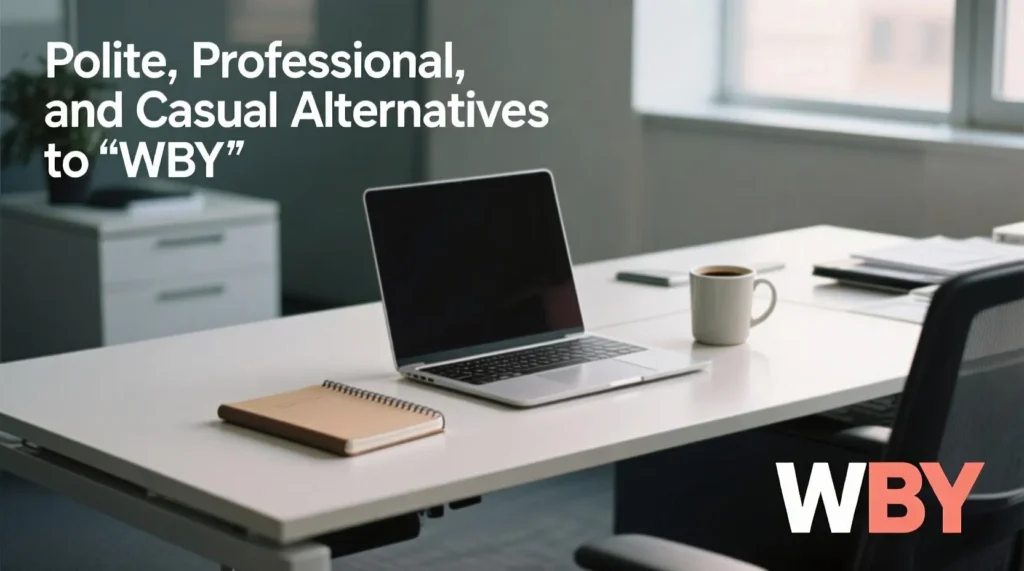
Depending on tone, here are ways you can replace “wby” in text:
Polite Alternatives
- “And what about you?”
- “How about you?”
- “What do you think?”
These are warm yet polished—great for conversations that need respect or courtesy.
Professional Alternatives
- “What’s your perspective?”
- “I’d like to hear your thoughts.”
- “What’s your view on this?”
These alternatives work beautifully in professional emails, meetings, or LinkedIn messages.
Casual Alternatives
- “wby” (the shorthand itself)
- “How ’bout you?”
- “Same here, what about you?”
These feel relaxed, personal, and natural for texting with friends, gaming chats, or social media.
10 Example Sentences Using “WBY” and Its Alternatives
Here are ten natural examples across casual, professional, and polite settings:
- Casual: “I’m grabbing pizza tonight, wby?”
- Casual: “I just finished work—super tired, wby?”
- Friendly Polite: “That sounds lovely. And what about you?”
- Friendly Polite: “I shared my weekend plans, how about you?”
- Professional: “I’ve outlined my recommendations. I’d like to hear your thoughts—what’s your perspective?”
- Professional: “That’s my approach for the project. What’s your view on this?”
- Neutral Casual: “I’m good, thanks. Same here, what about you?”
- Light Polite: “I’m really enjoying this course. How about you?”
- Casual Group Chat: “Just finished my daily quest on the game, wby?”
- Semi-formal Online Forum: “I think this app works well for productivity. What do you think?”
How to Choose the Best Expression
The trick to choosing between “wby” and its alternatives comes down to audience + tone + context.
- Talking with friends or peers? Go ahead and use “wby.” It feels quick and natural.
- Chatting in a mixed group where tone isn’t clear? Use “how about you” or “what about you.” Safe, friendly, and universally understood.
- Professional discussions? Drop the shorthand and use “what’s your perspective” or “I’d like to hear your thoughts.” It shows respect and clarity.
Remember: the wrong tone can confuse or even offend. A boss might see “wby” as lazy, while a friend might see “what’s your perspective” as overly stiff.
Why Tone Matters in Digital Language
Tone in text is trickier than in speech because we don’t have facial expressions, body language, or vocal cues. Abbreviations like “wby” can come across as friendly, dismissive, or neutral depending on punctuation, timing, and relationship with the other person.
Example:
- “I’m good, wby?” → warm, friendly.
- “I’m fine. wby.” → flat, possibly cold.
- “I’m fine. WBY??” → playful or overly dramatic.
Being tone-aware ensures your digital shorthand doesn’t accidentally send the wrong message.
Why “WBY” Still Matters in 2025
Many acronyms fade as texting evolves, but “wby” persists because:
- It’s short and efficient.
- It reflects natural conversation flow.
- It’s flexible—works in DMs, group chats, or comments.
Interestingly, 2025 surveys of digital communication trends (compiled from chat app linguistics reports) show that while Gen Z embraces even newer slang like “frfr” (for real, for real) or “ong” (on God), they still use “wby” because it’s intuitive and easy to understand across generations.
Advanced Tips for Using “WBY”
- Mirror the other person’s style: If they use shorthand, “wby” fits. If they write in full sentences, match their tone.
- Don’t overuse abbreviations: Too many can make your text feel rushed or confusing.
- Punctuate thoughtfully: Adding a question mark softens tone and clarifies intent (“wby?” feels lighter than “wby”).
- Adjust for professionalism: Always expand to “what about you” or use a polished alternative in workplace contexts.
Summary
- Meaning: “wby” = “what about you.”
- Use: Common in casual texting, social media, and group chats.
- Tone: Friendly and informal; not suitable for professional contexts.
- Alternatives:
- Polite → “How about you?” / “And what about you?”
- Professional → “What’s your perspective?” / “I’d like to hear your thoughts.”
- Casual → “wby” / “How ’bout you?”
- Examples: 10 sentences demonstrate how tone shifts across settings.
- In 2025: Still widely used, bridging generations in digital communication.


